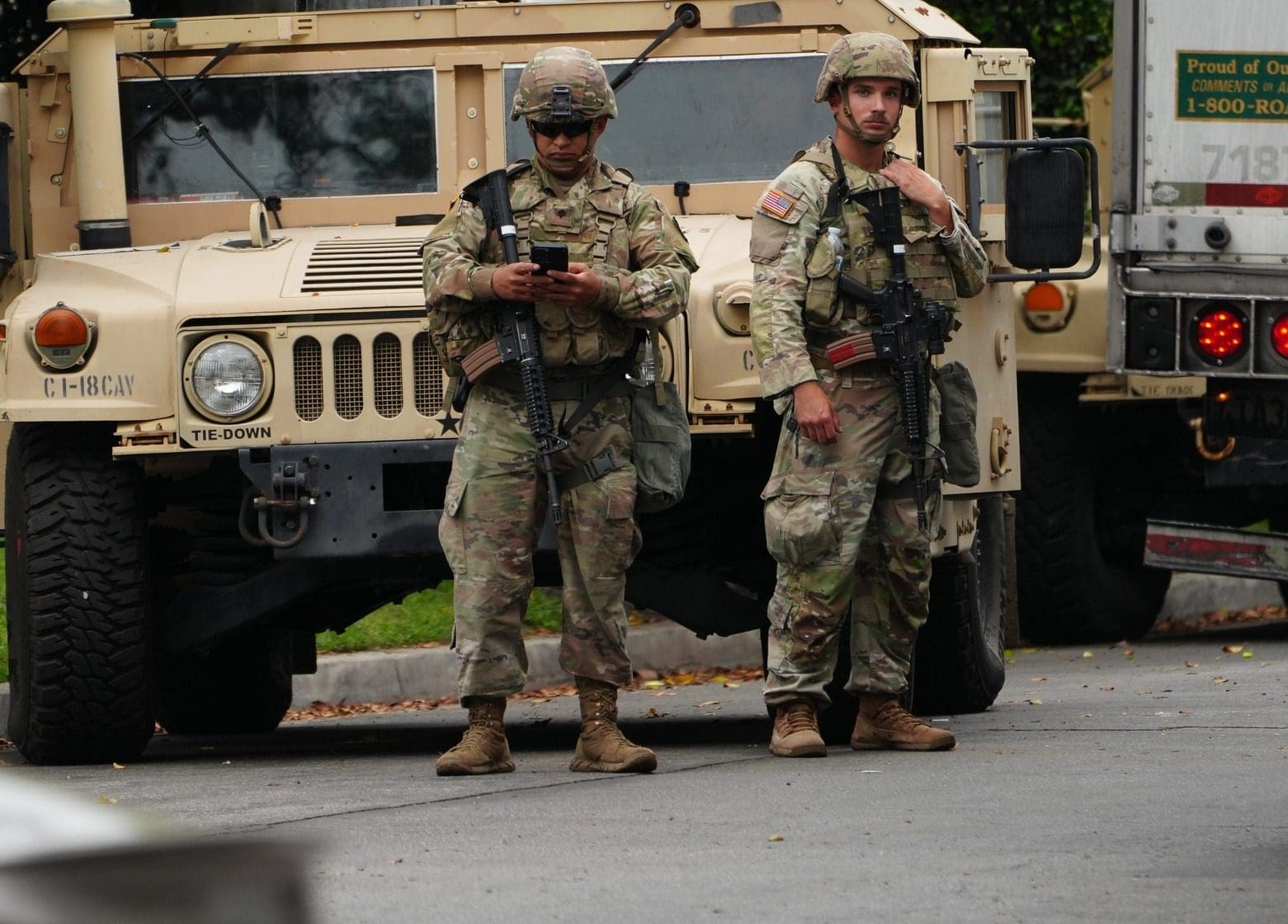
On Sunday night, the White House signaled that President Trump is considering deploying up to 1,000 D.C. National Guard troops, with details expected today during the president’s press conference on “Crime and Beautification.”
The move caps a week of tougher federal rhetoric on public order in the nation’s capital and hints at a broader “law-and-order” push.
A show of force to “stop violent crime”
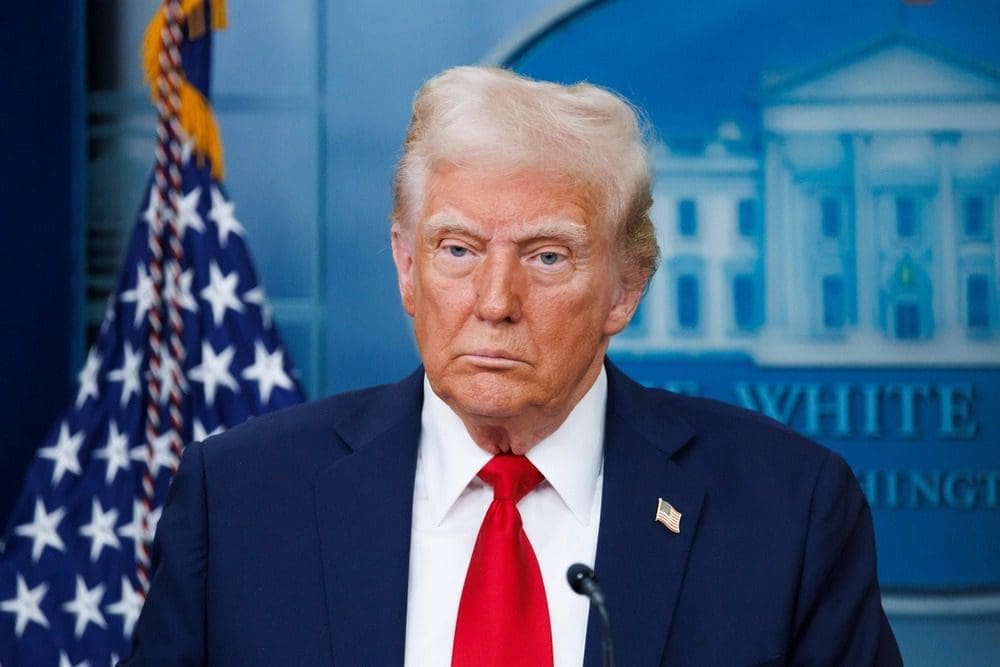
Trump has framed the potential Guard deployment as a way to “essentially stop violent crime” in Washington. The message: more uniformed presence, faster response, and visible deterrence in high-traffic areas.
Triggered by a high-profile attack
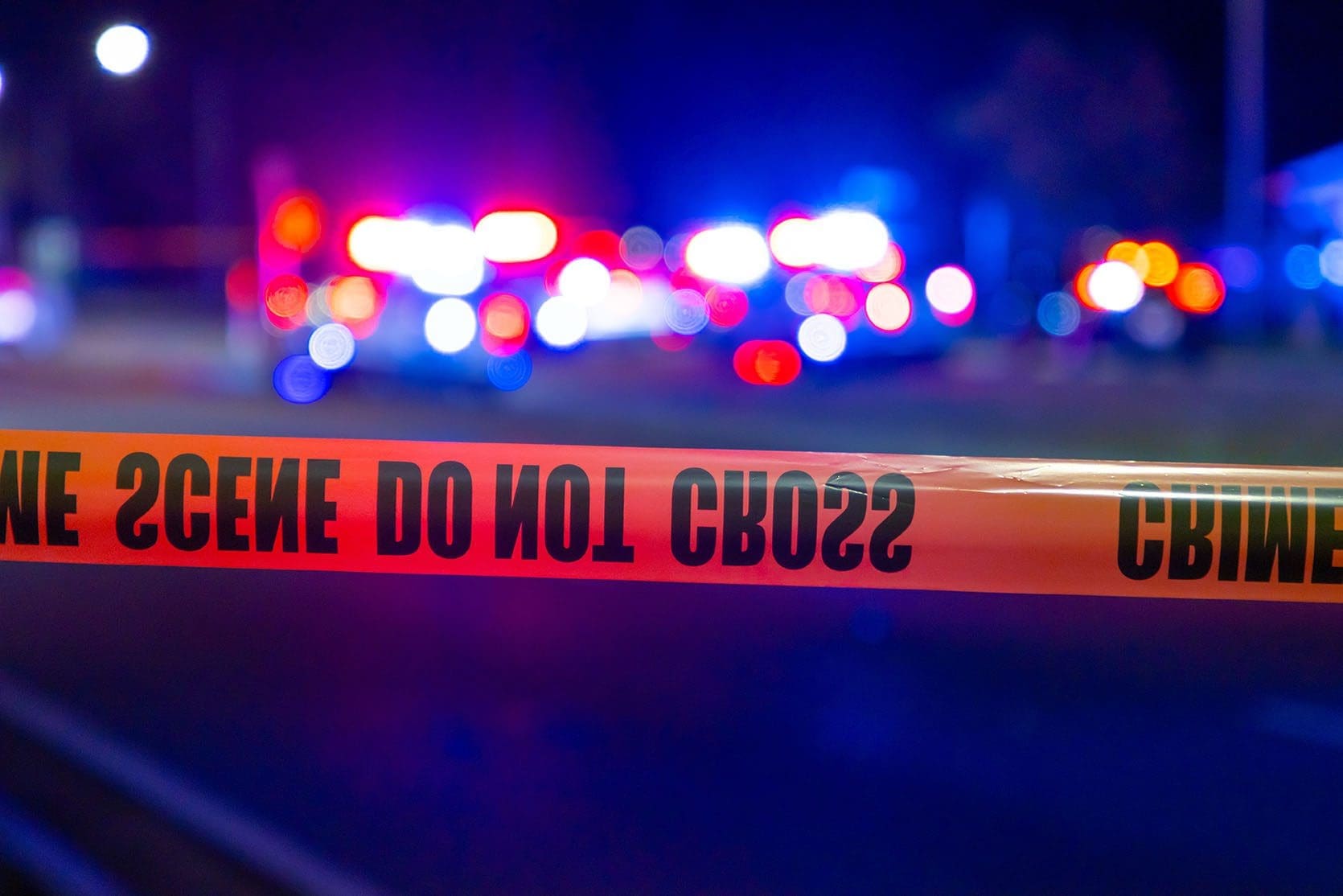
The immediate spark was a widely covered violent incident in the District that fueled fresh calls for a crackdown. The White House is positioning the response as swift, decisive, and meant to reassure residents and visitors.
A parallel push to clear homeless encampments downtown
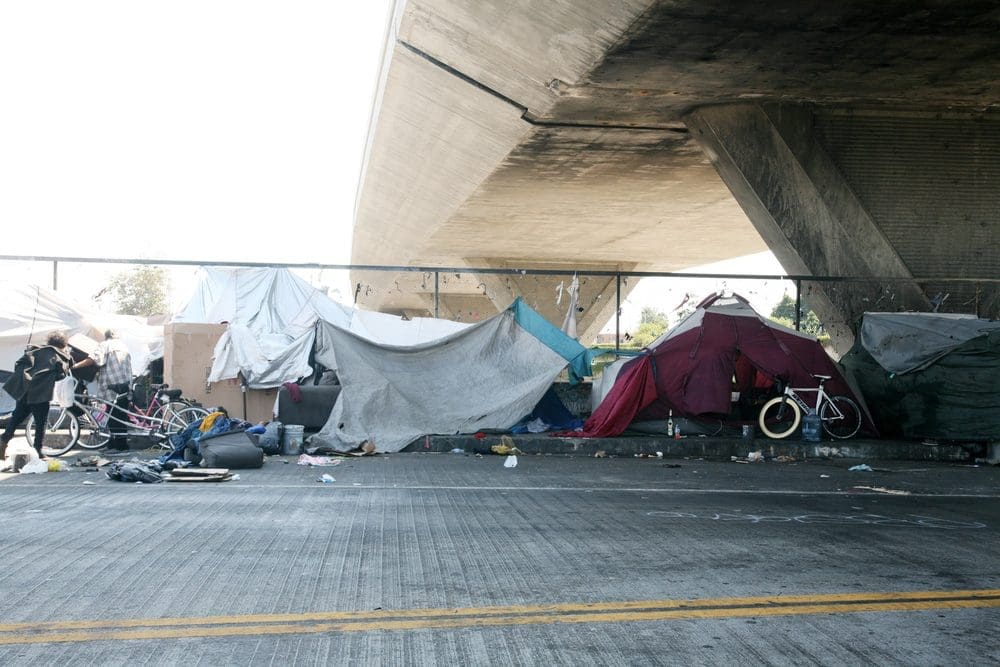
Alongside the Guard talk, Trump has vowed to clear downtown encampments and relocate people off key corridors. How that would work in practice—and who would oversee services and placement—remains to be seen.
D.C. is unique: the President controls its National Guard
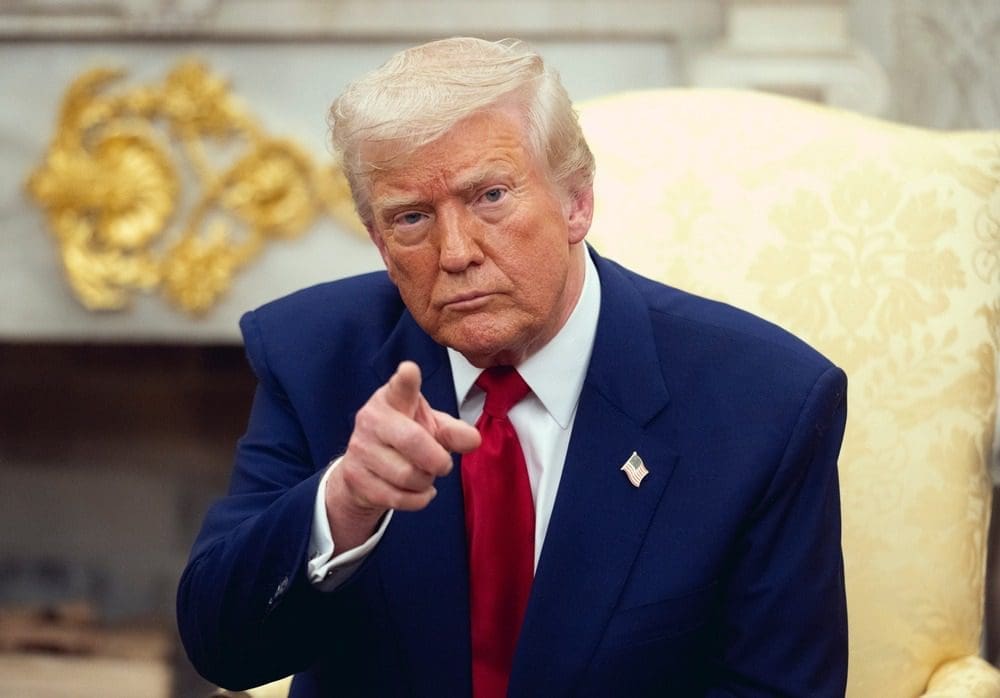
Unlike states, where governors command Guard units, the D.C. National Guard answers to the President through the Pentagon. That structure makes rapid activation for support roles more straightforward in the capital.
A test of federal power over local policing

Trump has signaled an appetite for greater federal say over public safety in D.C., even questioning elements of Home Rule. Any attempt to direct or supersede local policing would invite legal and political pushback.
Politics of “law-and-order” and a beautified capital
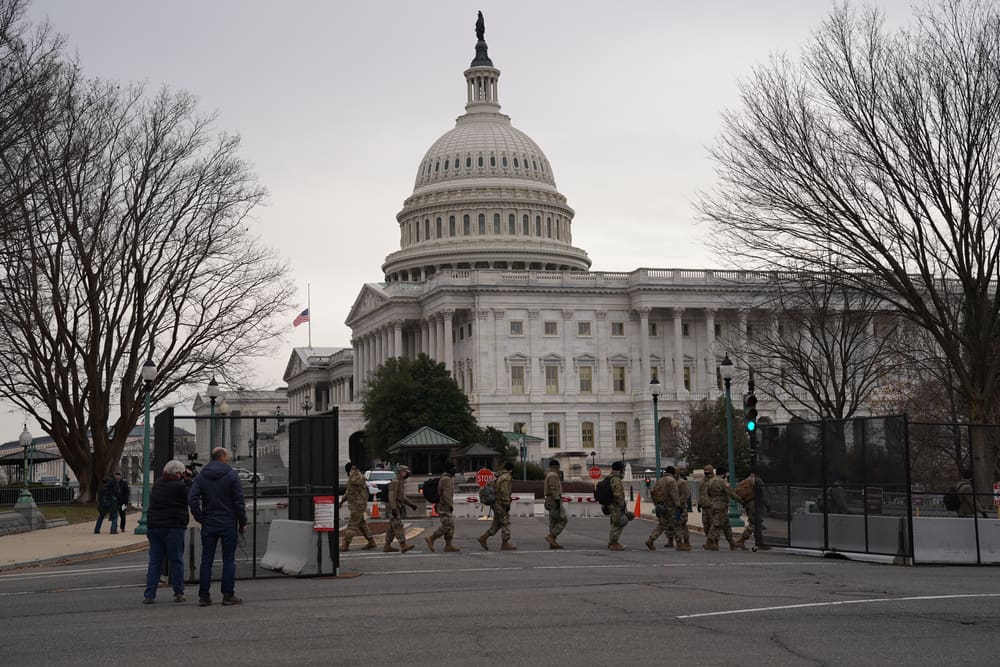
Beyond crime, Trump has tied the effort to cleaning up and “beautifying” the federal core—parks, monuments, and tourist routes. The capital becomes both the stage and the showcase for the broader public-order agenda.
Part of a broader pattern of domestic deployments

The contemplated move fits a pattern of leaning on Guard and federal resources for high-visibility public-order missions. Expect a focus on presence—traffic posts, perimeter security, and surge patrols—more than tactical operations.
What the numbers really say
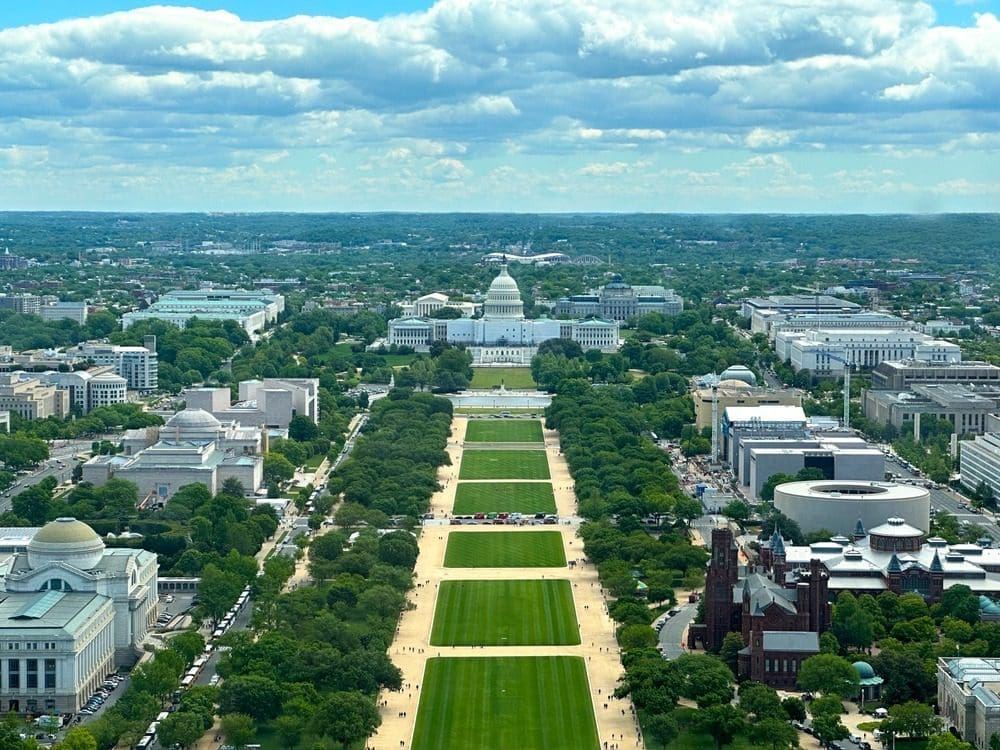
City data through mid-summer show violent crime down versus the same period in 2024, even as fear and high-profile incidents keep public safety at the forefront. The gap between perception and metrics will shape the debate over necessity.
What 1,000 Guard members would do (and wouldn’t)
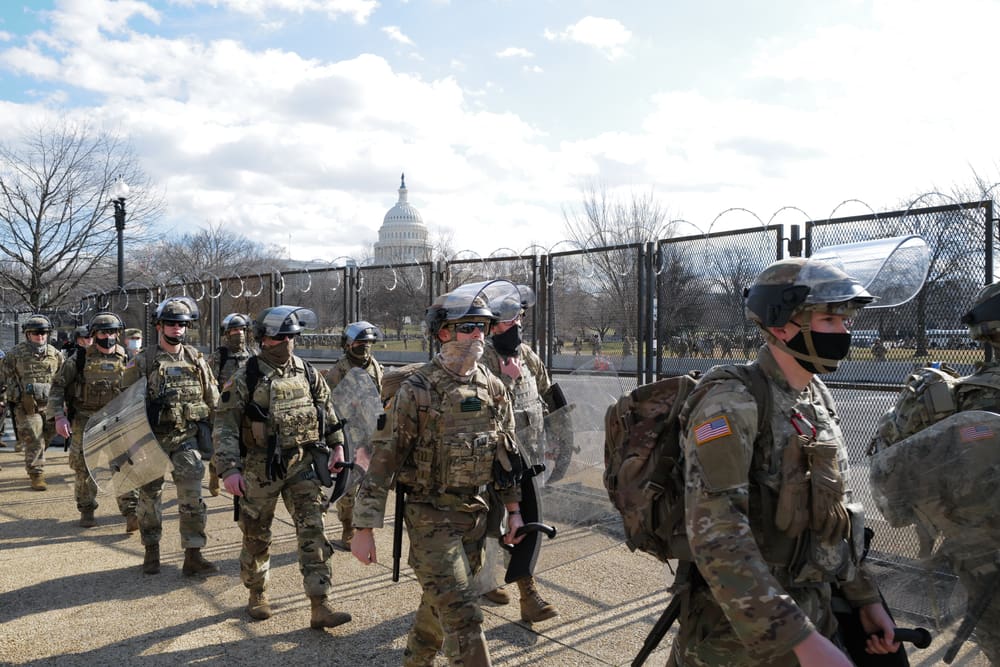
Most personnel would likely augment visibility and logistics—crowd and traffic control, perimeter posts, and support to local agencies. This is not a deployment of active-duty troops, and any direct law-enforcement role would be limited and closely defined.
What’s text
Trump is scheduled to talk at 10 am Eastern this morning, in what the White House is calling “The Press Conference on Crime and ‘Beautification.”
Trump is expected to confirm whether he’ll activate up to 1,000 Guard members, how long they’d be deployed, and what roles they’d fill. He may outline an encampment-clearing plan and hint at tighter federal oversight of D.C. policing and Home Rule. Expect a hard “stop violent crime” frame with promises of quick results.
Predicting what Trump will say
In fact, on the prediction market Kalshi, users are trading real money predicting the words that the president will use during his presser.
Here’s what he’s most likely to say, according to the odds
- Beautiful: 95%
- Biden: 88%
- Homeless: 89%
- Renovation: 85%
- Border: 85%
- Fed/Federal Reserve: 74%
- Putin: 72%
- Tent: 69%
- ICE/ Immigration and Customs Enforcement: 68%
























